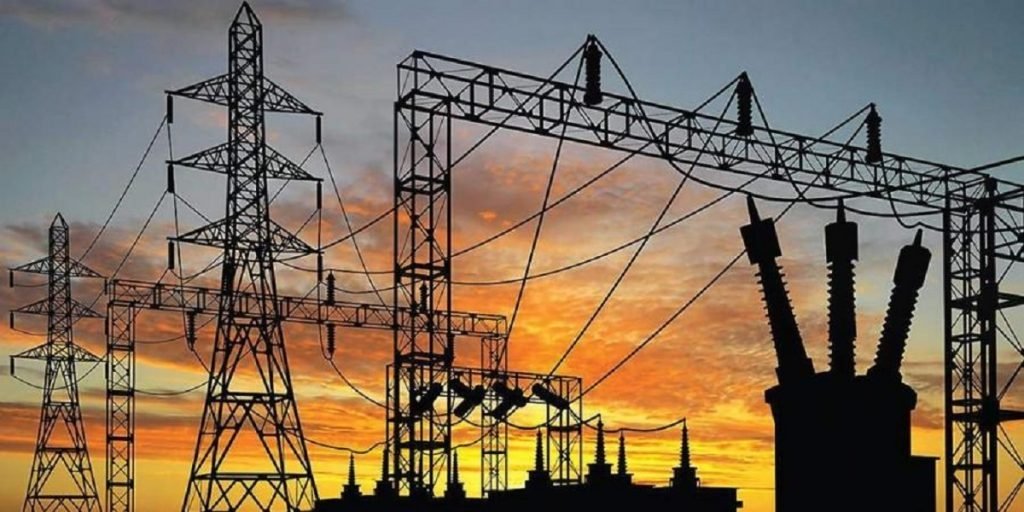
Oil prices rose on Friday, gaining more than $1 per barrel to reduce their weekly losses, following reports that Iran was preparing a retaliatory strike on Israel from Iraq in the coming days. Brent crude futures increased by $1.39, or 1.9%, reaching $74.20 a barrel by 0736 GMT. Meanwhile, U.S. West Texas Intermediate crude rose by $1.44, or 2.1%, to $70.70.
Israeli intelligence indicated that Iran is planning to attack Israel using a large number of drones and ballistic missiles from Iraqi territory in the days leading up to the U.S. presidential election on November 5. This information was reported by Axios on Thursday, citing two unidentified Israeli sources. SEB Research analyst Ole Hvalbye noted that this situation raises the likelihood of increased hostilities before the U.S. election.
Oil prices have also been bolstered by expectations that OPEC+ may delay its planned increase in oil production scheduled for December due to concerns about soft oil demand and rising supply. Sources close to the matter told Reuters that a decision could be made as early as next week. Despite these gains, prices are still expected to decline by more than 1% for the week, following a significant 6% drop on Monday.
This drop occurred after Israel’s strike against Iran’s military on October 26, which had little impact on oil and nuclear facilities and did not disrupt energy supplies. Hvalbye pointed out that while the Middle East situation may escalate, both Israel and Iran appear hesitant to engage in a full-scale regional war. “Any additional responses from Iran may remain restrained, similar to Israel’s limited strike last weekend, which seems primarily aimed at demonstrating strength rather than provoking open conflict,” he explained.
IG analyst Tony Sycamore added that the upcoming week is unpredictable, especially with the U.S. election and China’s National People’s Congress standing committee meeting. The differing perspectives of Vice President Kamala Harris and former President Donald Trump regarding Iran and Russia could lead to shifts in U.S. policies toward oil producers, according to analysts. In China, a private-sector survey revealed that manufacturing activity rebounded to growth in October, correlating with an official survey released on Thursday that indicated manufacturing had expanded for the first time in six months. Both surveys suggest that stimulus measures are having a positive impact.
Goldman Sachs analysts noted, “The composition of growth will still be more inward-looking than the typical pre-COVID expansion in China, given the ongoing contraction in housing construction and the more limited role of infrastructure investment.”
Additionally, U.S. gasoline stockpiles unexpectedly fell last week to their lowest level in two years due to increased demand, as reported by the Energy Information Administration (EIA). The EIA also indicated a surprise drawdown in crude inventories as imports decreased. The U.S., which is the world’s largest oil producer, achieved a record monthly high of 13.4 million barrels per day in August, according to the EIA.